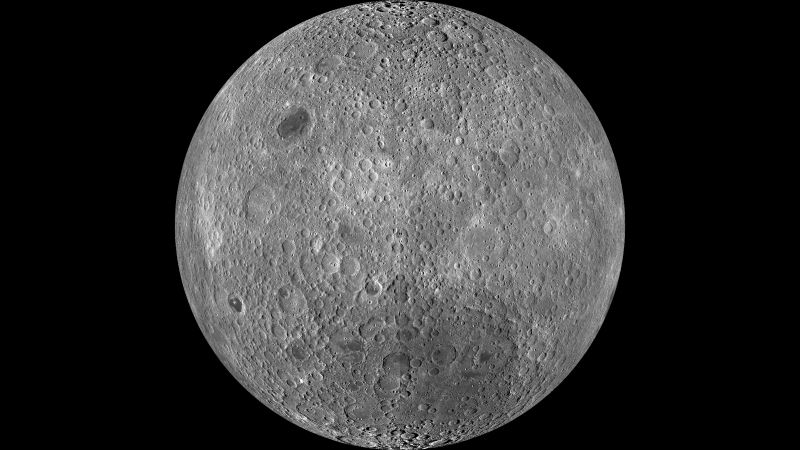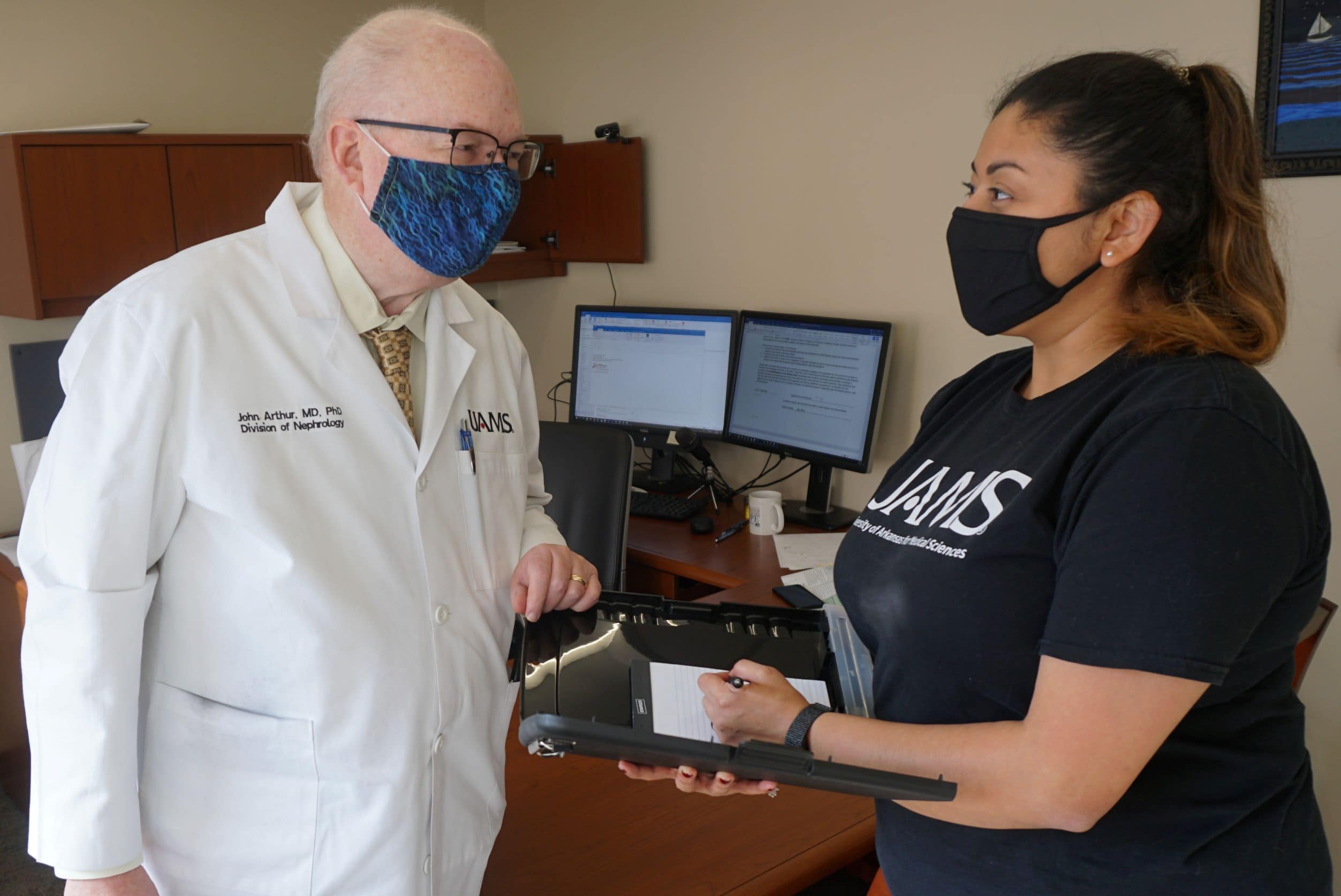
Findings from the first lunar far side samples raise new questions about the moon’s history
Sign up for CNN’s Wonder Theory science newsletter. Explore the universe with news on fascinating discoveries, scientific advancements and more.
Scientists have published the first detailed analyses of the historic cache of lunar soil and rock that China retrieved from the far side of the moon this year.
Chang’e-6, the first mission to bring back soil from the moon’s far side, collected 1.9 kilograms (4.2 pounds) of lunar soil via a robotic probe in June before returning to Earth, a scientific tour de force that cemented China’s place as one of the world’s top space powers.
Volcanic rock contained in the sample dates back 2.8 billion years, suggesting the uncrewed mission’s landing site was volcanically active at that time, according to two papers published Friday in the journals Science and Nature. The eruption represented a relatively recent episode of lunar volcanic activity not known from the study of samples taken from the moon’s near side by NASA’s Apollo program and Russia’s Luna missions, the new research found.
The age of the basalt rock from the far side is surprisingly young compared with the previously studied lunar near-side samples, which were all more than 3 billion years old, said Clive Neal, a professor at the University of Notre Dame and a coauthor on the Science paper. However, more recent near-side samples collected by China’s Chang’e-5 lunar mission in 2020 were found to be 2 billion years old.





















